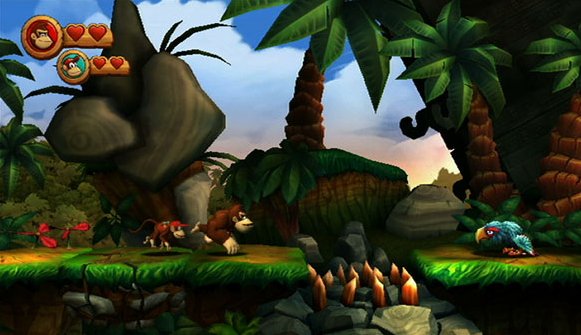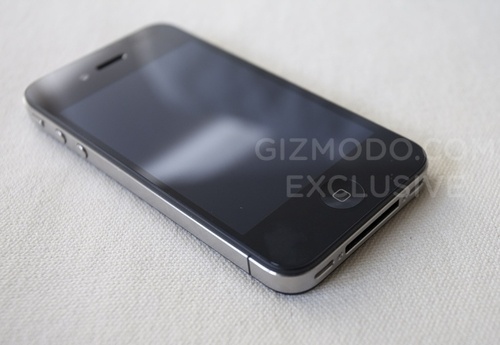
Bombshell alert! Nokia is ditching its homemade mobile operating systems (read: Symbian and MeeGo) for Microsoft’s Windows Phone 7. Today Nokia’s newly appointed CEO Stephen Elop announced that the Finnish company will enter into a “strategic alliance” with Microsoft that will make Windows Phone 7 Nokia’s “principal smartphone strategy.” Elop is hopeful that the marriage between these two companies will result in “a new global mobile ecosystem” based around Nokia’s hardware design and Microsoft’s software architecture. Says the official press release: “Nokia will help drive and define the future of Windows Phone. Nokia will contribute its expertise on hardware design, language support, and help bring Windows Phone to a larger range of price points, market segments and geographies.”
They’ve also addressed how Nokia’s services will mesh with WP7. Bing will power Nokia’s search services across Nokia devices; Microsoft adCenter will provide search advertising services on Nokia’s line of devices; and Nokia Maps will be a core part of Microsoft’s mapping services. Nokia’s previously announced Qt development framework will not provided to developers to make apps for Nokia WP7 devices; instead they will be working with Microsoft’s Windows Phone Developer Tools. Ovi Store, Nokia’s content and application store, will integrate with Windows Marketplace.
In a stock exchange release, Nokia lays out their future. “[They] expect 2011 and 2012 to be transition years, as the company invests to build the planned winning ecosystem with Microsoft.” The transition is expected to begin immediately (in fact, Microsoft’s Steve Ballmer publicly stated that the WP7 engineering team has been working closely with Nokia hardware designers for some time now) and Nokia hopes to start shipping WP7-powered devices in significant volume by 2012.
What’s going to happen to Symbian and MeeGo, you ask? Nokia expects to continue to sell many Symbian powered devices in the coming years, but the long-term plan is to eventually and quite abruptly kill off the platform as soon as the WP7 devices make their way into the marketplace. MeeGo, on the other hand, will “become an open-source, mobile operating system project.” Though Nokia plans to ship the first MeeGo based device later this year, they see the brand “not as part of another broad smarpthone platform strategy, but as an opportunity to learn” (read: an experimental platform to help drive future innovation).
To the dismay of the majority of Finnish engineers, I am excited about Nokia’s partnership with Microsoft. To be frank, Symbian and (especially) MeeGo were taking an interminable amount of time to develop and catch up to the competition (read: iOS, Android). It is interesting to note that Nokia was contemplating an alliance with Google to bring the Android platform to Nokia devices, but in the end, says Elop, his company “would have difficulty differentiating within that ecosystem” and the “commoditization risk was very high–prices, profits, everything being pushed down, value being moved out to Google which was concerning to us.” I think this is the perfect marriage, really. Nokia is known for making beautifully detailed, sophisticated hardware and Microsoft’s newborn sleek WP7 OS seems like a natural fit. After years of being stuck in a rut, it was time to shake up the chain of command and with Elop in charge it’s clear to see that he’s a staunch believer in steadfast change, even if it means dropping everything (on the software side) for something starkly different and exciting. I’m looking forward to what Nokia and Microsoft cook up in the coming years. If you want a hint at whats to come, hop after the break to see a mockup of Nokia/WP7 conceptual devices scored exclusively by Engadget. Also there you’ll find a related video spelling out the day’s shattering news.
[Via Nokia (1, 2); Engadget (1, 2, 3, 4, 5)] Continue reading Nokia and Microsoft enter into a “strategic alliance”



























































